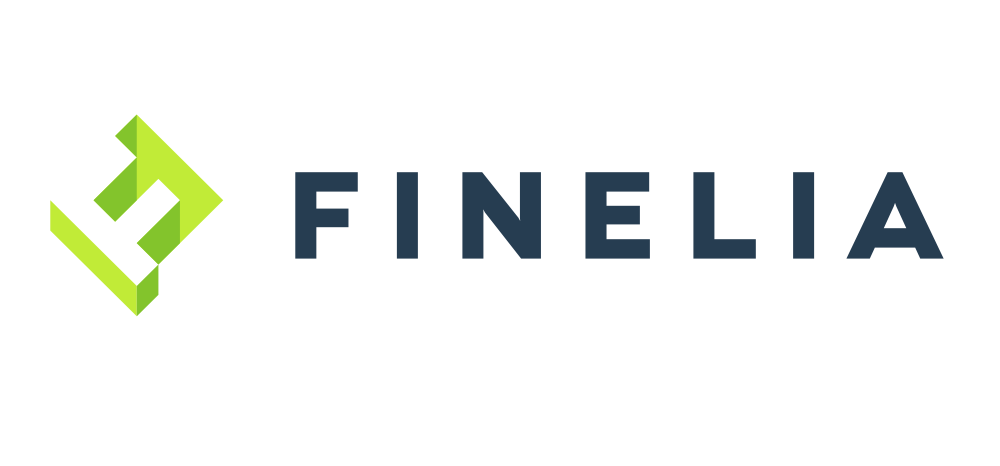
Trade finance, traditionally a banking activity renowned for its widespread use of “paper”, is now undergoing a transformation. The digitalisation of documents, the creation of the Bank Payment Obligation (BPO), the emergence of FinTechs are propelling these banking activities into the future by giving them a technological flavour. But new players are emerging: is this competition or a complementary offer?
Trade Finance, the “poor cousin” of technology
These documents form the “foundation” of trade finance products, such as documentary collections and documentary credits, but also all of the associated techniques used to finance customer-supplier “openaccount” transactions [1] (Supply chain finance) or commodity transactions (Commodity trade finance) [2]. More recently, the new AML/CFT (Anti-Money Laundering and Countering Financing of Terrorism) regulatory requirements have enhanced goods monitoring systems and, consequently, those for documents. In any case, these documentary activities require considerable human resources and a lot of time given the complexity of the verifications. At one time, banks had sizeable back-offices for this processing of “low tech” products, making the trade finance industry the “poor cousin” of technology. This is in contrast to the cash management industry, which, with operations volumes helping, was adapting by investing in technological fields. It wasn’t until the 1990s that the first advances in this field flourished. Wasn’t the shift from the telex systems to the SWIFT platform the Neolithic revolution of trade finance? A telex operator could end up spending hours processing a documentary credit. With SWIFT, no more manual encryption, no more triplicate messages, etc. This technology revolutionised the banking landscape by offering automated applications that are both faster and more efficient.
Towards the digitalisation of documents
Regardless of the regroupings and/or relocations of trade finance back offices, banks have sought to improve productivity in these activities by using visual recognition systems such as OCR (Optical Character Recognition). These systems make automatic data extraction possible, which reduces operational risks and increases document verification processing capabilities. Among the pioneering banks, we can mention Citibank, which began deploying this technology back in 2013 [3].
Nevertheless, the specific nature of certain documents (maritime bills of lading in particular) makes it difficult to optimise document verification. This is why the technological stakes in these professions are to completely digitalise the documentary chain so that it can be recognised, authenticated and verified automatically without human intervention. It is because a bank has the “right” documents in its hands that it can form an “opinion” on the authenticity of a transaction and can therefore pay for it or finance it. The large number of documents (specific formats, characters) and the heterogeneity of participants in the international trade ecosystem (players in the transport and logistics sectors, insurers, banks, regulators, etc.) represent a conundrum at the global scale to now establish a standard that will satisfy everyone.
Hence the proliferation of FinTech projects in the field of trade finance, which are conducted with or without partnerships with banks: Bolero, a long-standing player with which HSBC India has just completed its first digitalised presentation of documents as part of a documentary credit [4]; EssDocs, which has developed and tested a range of digitalised documents including a maritime bill of lading (CargoDocs) [5].
As for the banks, in 2015 they joined forces through the R3 consortium in order to develop projects related to the blockchain [6], including protocols for processing documentary credits [7]. The stakes are high for banks that, through this collaborative project, want to retain control of their operations with respect to the FinTech players.
FinTechs: competitors or “co-operators”?
With trade finance, the FinTech sphere is discovering a world that has not yet been explored much:
- Merchandise tracking: the use of connected objects or Internet of Things (IOT) technologies will allow banks – as well as other players in transaction ecosystem – to be able to monitor, in real time, the location of goods, their weight and their moisture content in the case of commodities, for example [8].
- Information and data integration: this is a market that is increasingly occupied by major software publishers (Misys, Sopra, etc.) but also by some independent companies such as Finelia, which specialises in trade finance solutions for companies;
- Operations compliance or RegTech: implementation of IT tools in order to search, sort and synthesise Big Data more quickly and efficiently in order to meet regulatory requirements and maintain the fluidity of processes for the processing of documentary operations and the establishment of financing (an example of the emergence of KYC utilities);
- Financing platforms: while banks have developed their processing platforms (HSBC, BNP Paribas, etc.), FinTech initiatives are emerging in the supply chain finance sector, such as Taulia, GT Nexus, Kyriba, etc.
While the barriers to entry in these trade finance activities are high (as in all banking businesses today), investments in IT are huge in order to build scalable technological platforms. It is easy to understand the reluctance of banks’ investment committees for such projects. This is why a collaborative approach and the search for common standards for the digitalisation of documents can offer advantages to banks in these trade finance activities [9]. Banks also promote the emergence of technological projects by acting as incubators.
Tomorrow, the trade finance banker – sitting in his office with a connected smartphone – will be able to track the proper progress of the goods he finances and validate the authorisations that will have been authenticated by the blockchain systems. Exporters will log on to websites specialised in financing their supply chain. Tomorrow is already happening right now!
[1] The open account (OA) is an Anglicism designating the method of payment by transfer between a buyer and the seller at an agreed date.
[2] David Leboiteux and Fabien Constant, Banque et matières premières (Banking and Commodities), RB Édition (2016).
[3] See the Global Trade – Reflections on the Past Three Decades (2013) document and the interview with John Ahearn, Managing Director, “Global Head of Trade of Citibank” (Trade Finance Magazine, article dated 3 May 2013: http://www.tradefinancemagazine.com).
[4] http://www.business-standard.com/article/companies/hsbc-undertakes-first-e-presentation-of-export-documents-for-ril-116111001209_1.html.
[5] http://www.essdocs.com/edocs/electronic-bills-of-lading.
[6] Visit this link: http://r3cev.com/about/. R3 now includes over 50 banks, including (in France), Société Générale, BNP Paribas and Natixis (BPCE group).
[7] Read Alexandre Eich-Gozzi’s article “Blockchain et commerce international” (Blockchain and international commerce), Banque et Stratégie magazine no. 350 (September 2016).
[8] The Fintech 2.0 Paper: Rebooting Financial Services, Banco Santander InnoVentures, Olivier Wyman, Anthemis (June 2015).
[9] On this subject, see the study conducted by Boston Consulting Group (BCG), FinTechs may be Corporate Banks’ Best “Frenemies” (2016).
Excerpt from the article written by David Leboiteux for Revue-Banque.fr


Recent Comments